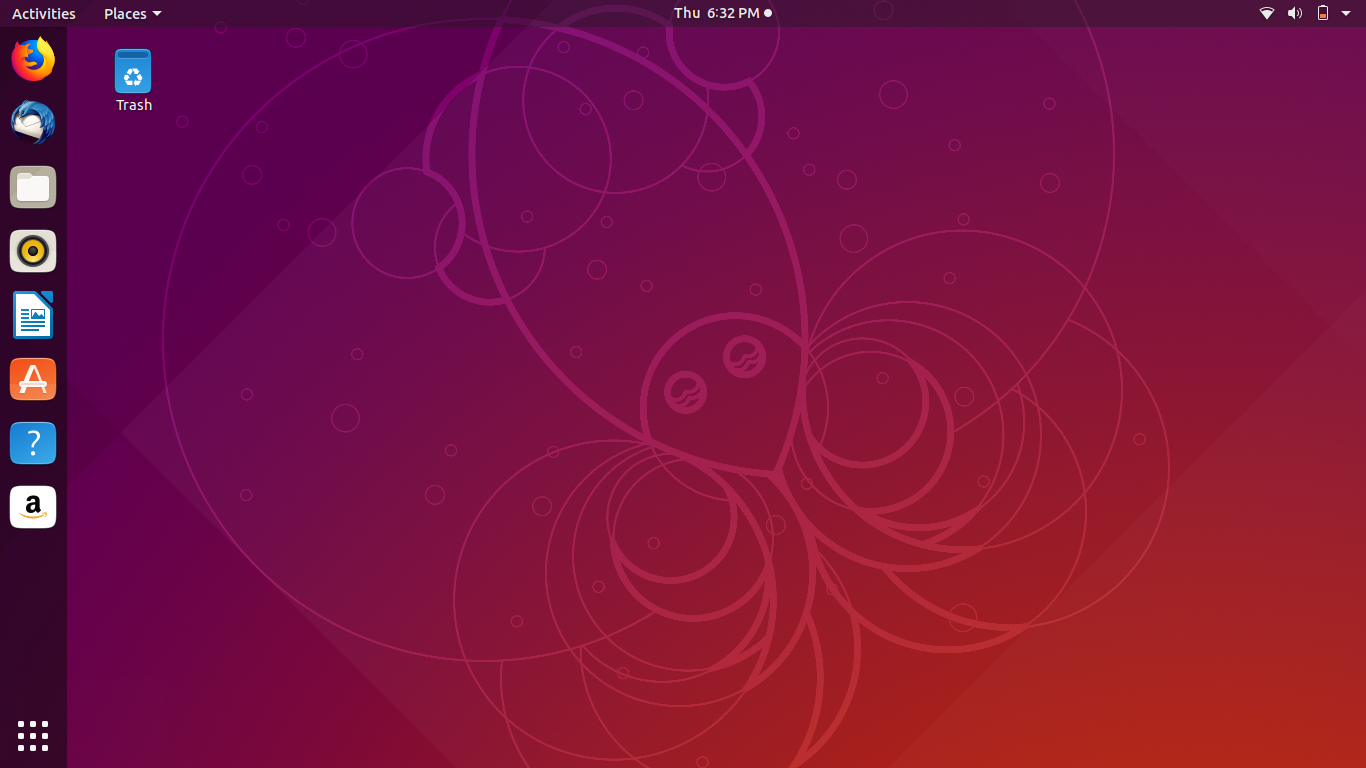

- #DELL XPS 8700 DISABLE SECURE BOOT WINDOWS 10 DRIVERS#
- #DELL XPS 8700 DISABLE SECURE BOOT WINDOWS 10 MANUAL#
- #DELL XPS 8700 DISABLE SECURE BOOT WINDOWS 10 PRO#
Due to the difference between different monitors, the picture may not reflect the actual color of the item. Front I/O does not include traditional hot swap bays. FOR SALE! Graphics card used for gaming and is in very good condition. Built on the 14 nm process, and based on the GP108 graphics processor, in its GP108-300-A1 variant, the card supports DirectX 12. Thermal and Power Specs: 97 C 97 C Maximum GPU Temperature (in C) 20 W 30 W Graphics Card Power (W) 300 W 300 W Minimum Recommended System Power (W) Check DELL 8CCF1 product detail and price trend at itprice.
#DELL XPS 8700 DISABLE SECURE BOOT WINDOWS 10 MANUAL#
For more information, consult your computer manual or manufacturer.
#DELL XPS 8700 DISABLE SECURE BOOT WINDOWS 10 DRIVERS#
Download drivers for NVIDIA products including GeForce GTX 1070, GeForce GTX 1060, GeForce GTX 1050 Ti, GeForce GTX 1050, GeForce GT 1030. So, that kind of more robust file system system combined with bcache for speed improvements is something I'm thinking about implementing.Dell 8ccf1 gt1030 RD $12 465. They've also refined and debugged Btrfs significantly, which offers a lot of benefits (snapshots, etc.) for a file system (very similar to ZFS in it's feature set). I keep OpenSUSE installed on my desktops anyway (I just haven't installed the latest version of it). But, the latest 13.1 release will have 3 year support via what they refer to as Evergreen, and I'm sure we'll see a lot of updates fixing any remaining bugs soon. OpenSUSE releases tend to be a bit buggy when first released. I'm also considering just using Btrfs for default file system with OpenSUSE 13.1. Of course, I wouldn't get that benefit with Windows (which I'd just leave on the physical hard drive for when I needed it for anything).īut, with LInux (which I use most of the), it may be a better way to go (install them to the physical drive and just use the SSD for read and write caching to it with bcache). It's a block level cache (so it doesn't make any difference what file system you use it with, as you just tie the partitions to the SSD you want to use with bcache). Since I don't reboot very often, most of what I'd be working on would be an the OS RAM cache anyway, with the SSD containing most of anything else I'd be working on. That's similar to what Apple markets as their "Fusion" drive, where you get super fast read and write speeds with an SSD married to a physical drive (up until you write more to the SSD than it can stay "caught up" with writing it back to the physical drive). Unlike Intel SRT which only uses an SSD for read cache, or ZFS which only gives you write through cache, bcache can use an SSD for both write through and write-back cache. So, most of the newly released Linux distros could make use of it now. I don't use Windows very often anyway, and bcache was integrated into the Linux kernel beginning with version 3.9. I'm also thinking about just using bcache instead of installing the Operating Systems and programs on an SSD. Given that the Costco box would have probably cost me $100+ more (with shipping, tax, etc.) and my finances are pretty tight this minute, I decided that the older XPS 8500 would be "good enough" for my needs. So, it was tempting to go with it instead of the older refurb XPS 8500 I found for $649 delivered.īut, for most practical purposes, I doubt the the newer Core i7 4770 is going to be any faster, and I think the same thing would be true of having more SATA 3 capable ports (as physical hard drives aren't fast enough to make use of them except for the small amount of onboard cache in them).

That would have given more memory pre-installed, too (16GB versus 12GB), as well as a Costco 2 year warranty. See ports in the manual for the XPS 8700 (page 14)

|-Intel-Core-i7-|Īll of the SATA Ports on the newer XPS 8700 are SATA III now (versus only one on the older XPS 8500, unless you count the mSATA slot which also gives you SATA III speed). I came pretty close to going with this XPS 8700 from Costco instead (new versus used, latest Core i7 4770, etc.) for $699: I can remember seeing posts on those subjects from you and others. and have found it rock solid on Win 7 Pro. I would disable secure boot and go legacy since I imagine you'll be dual booting.Īs mentioned in another thread, I prefer the Intel RST drivers for your storage controller versus the MS default. The manual will show you the location of the SATA3 connector. You want the SSD on the (one) SATA3 port and any HDD's and optical drives on the other SATA2 ports. Make sure you connect the SSD to the correct SATA port.
#DELL XPS 8700 DISABLE SECURE BOOT WINDOWS 10 PRO#
I'll use a Samsung 830 Pro I already have as the boot drive with the OS and Programs on it, and just use the included 2TB drive for data (photos, docs, etc.).


 0 kommentar(er)
0 kommentar(er)
